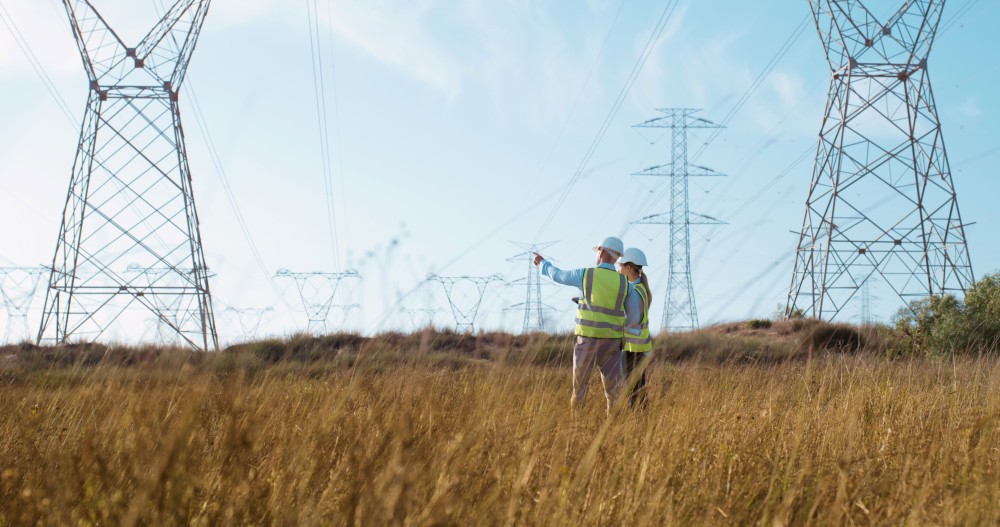VANCOUVER— Megan Gordon, Senior Analyst with the Equitable Transition team at the Pembina Institute, made the following statement in response to the release today by the International Energy Agency of its World Energy Employment report.
“Global employment in clean energy is surging. This is the time for Canada to get on board with the accelerating adoption of clean energy technologies occurring in other parts of the world. The International Energy Agency’s 2024 World Energy Employment report shows growth across all clean energy activities, but one area is growing at a particularly remarkable pace. The increasing pace of electrification for industrial, business and residential needs makes the clean power sector the largest area of employment growth, representing 40% of energy job growth. The decisions that Canada makes today will dictate what share of the employment and investment market we are able to seize.
“The IEA’s report also shows a scenario where significantly more jobs are created globally along the trajectory to achieve net-zero emissions by 2050, and that the benefits are experienced near-term. A net-zero scenario drives the creation of nine million additional energy jobs globally by 2030 compared to business as usual. Our Sustainable Jobs Blueprint report draws a similar conclusion in the Canadian context, the lesson being that shifting to low-carbon energy systems requires investment, which in turn leads to mass job creation.
“To make sure that these jobs are good quality and support families and communities, we must create clearer pathways for workers and communities to benefit. One way to do this is by setting forth a clear industrial strategy and accompanying jobs plan to connect Canadians directly to economic and job opportunities.
“Trends from this report show that energy employers worldwide are struggling to hire workers into available jobs. This reinforces the need for workforce development strategies and solutions alongside investment. There are plenty of jobs to be had in the clean energy sector if governments and industry plan appropriately and invest in necessary training. With a highly skilled workforce and abundant resources, the future for Canadian workers is bright.”
Quick Facts
- Energy jobs grew in 2023 by 2.5 million to a total of 67 million.
- Job additions were made in both fossil fuel sectors (940,000 jobs or 3% growth) and clean energy (1.5 million jobs or 5% growth).
- Growth in new fossil fuel employment is expected to taper off this decade at the global level, while jobs in clean energy will continue to surge.
- The power sector is largest source of employment growth globally, exceeding 21 million jobs in 2023, with over half of these stemming from new projects.
- The transition to a clean energy system requires a significant proportion of new workers in construction and manufacturing jobs in multiple sectors.
- Employment boom in renewables is being driven by China, which has a dominant role in the clean energy supply chains.
- 2023 witnessed a steep decline in employment in the coal industry. There are 73 000 fewer jobs globally in 2023 than the previous year, despite some elevated coal use continuing after the COVID-19 pandemic.
Contact
Laurence Miall
Communications Manager, Pembina Institute
438-878-1703
Background
Report: Sustainable Jobs Summary Report
Report: Sustainable Jobs Blueprint, Part I
Report: Sustainable Jobs Blueprint, Part II




